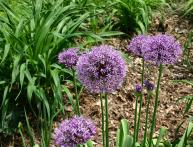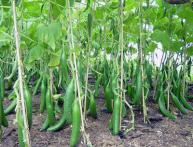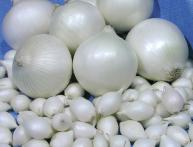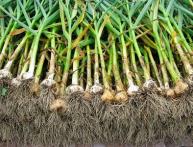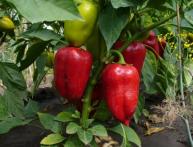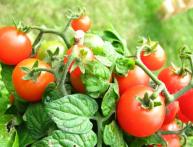Growing and caring for rutabaga
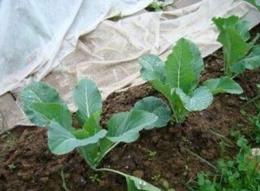
Before the import of potatoes into Russia by Peter I, rutabaga was one of the main vegetable crops, therefore growing rutabaga was carried out almost throughout the country.
Rutabaga is a fairly valuable, high-yielding, unpretentious, cold-resistant vegetable; it bears fruit well in cold, clayey, heavy soils and peat bogs. That is why its crops spread far to the north. Basically she is culture of middle and northern latitudes, but in the south of the country, planting rutabaga is also not uncommon.
Rutabaga is grown by sowing seeds directly into the ground or through seedlings. Seeds begin to germinate at +2+3 degrees. The soil is prepared as for potatoes and root crops, loosening it well. The day before planting, it is advisable to soak rutabaga seeds in warm water for about half an hour, cover with a cloth and leave for 5-6 hours in a warm room, and then dry.
To protect seedlings rutabaga from cruciferous flea beetles, 3-4 days after sowing the seeds, sprinkle the soil with fine lime or wood ash. With the seedless method, rutabaga seedlings need to be thinned out after the appearance of 3-4 true leaves, leaving a distance between plants of 15-17 cm.
Subsequent care consists of weeding, periodic watering and fertilizing, loosening the soil. As the first feeding, it is best to use slurry diluted with water in a ratio of 1 to 6 or a complex mineral fertilizer; the second feeding should contain phosphorus and potassium.
The cultivation of rutabaga ends with harvesting, which is carried out until stable frosts. Exposure to lower temperatures greatly reduces the shelf life of root crops.

